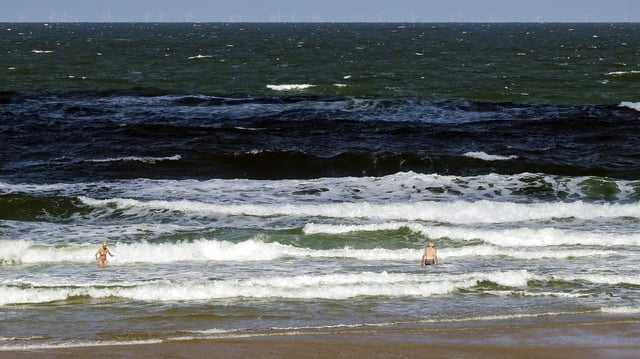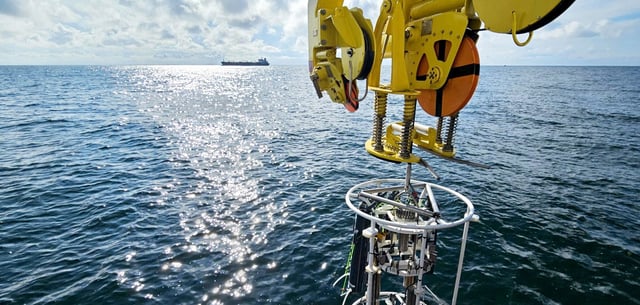Overview
- Average North Sea surface temperature reached about 15.7°C from June to August, a provisional mark that would edge past 2003 and 2014 as the warmest since measurements began in 1969.
- Large areas, especially in the western and southwestern North Sea to the English Channel, were two degrees or more above the long-term summer mean, while the German Bight and eastern sectors were up to 1.3°C warmer.
- BSH scientists report a link between this summer’s North Sea warmth and a pronounced marine heatwave off Norway that expanded into the basin.
- The Baltic Sea averaged roughly 16.7°C, with regional anomalies up to 1.5–2°C, and long-term data show the Baltic has warmed nearly 2°C since 1990, faster than the North Sea.
- Marine heatwaves are increasing in duration and frequency, including a 55‑day event at the Leuchtturm Kiel station in spring 2025, with experts warning of reduced oxygen, weaker mixing and expanding seafloor dead zones.

